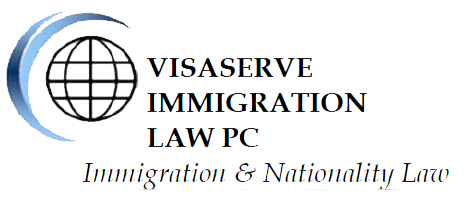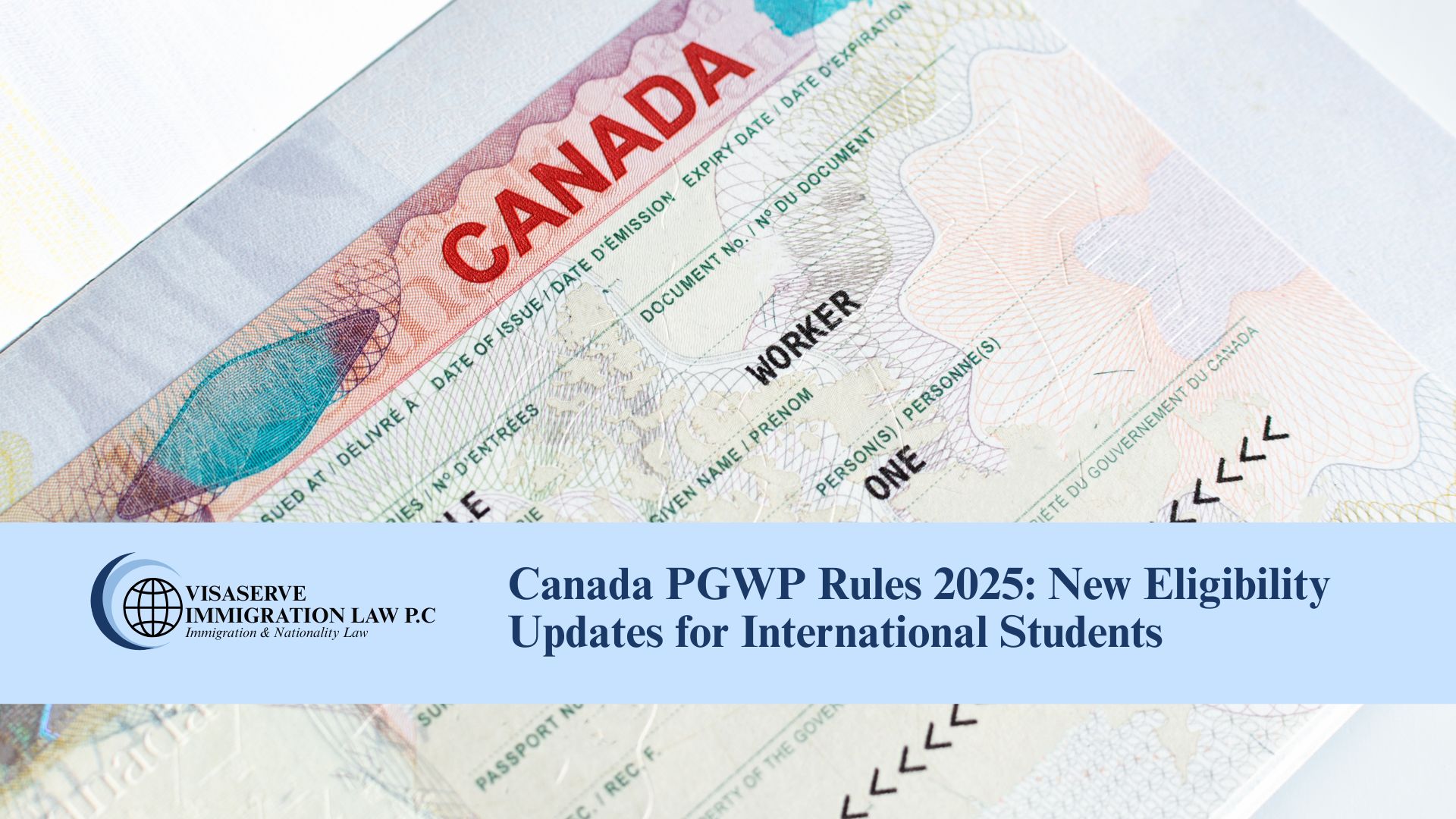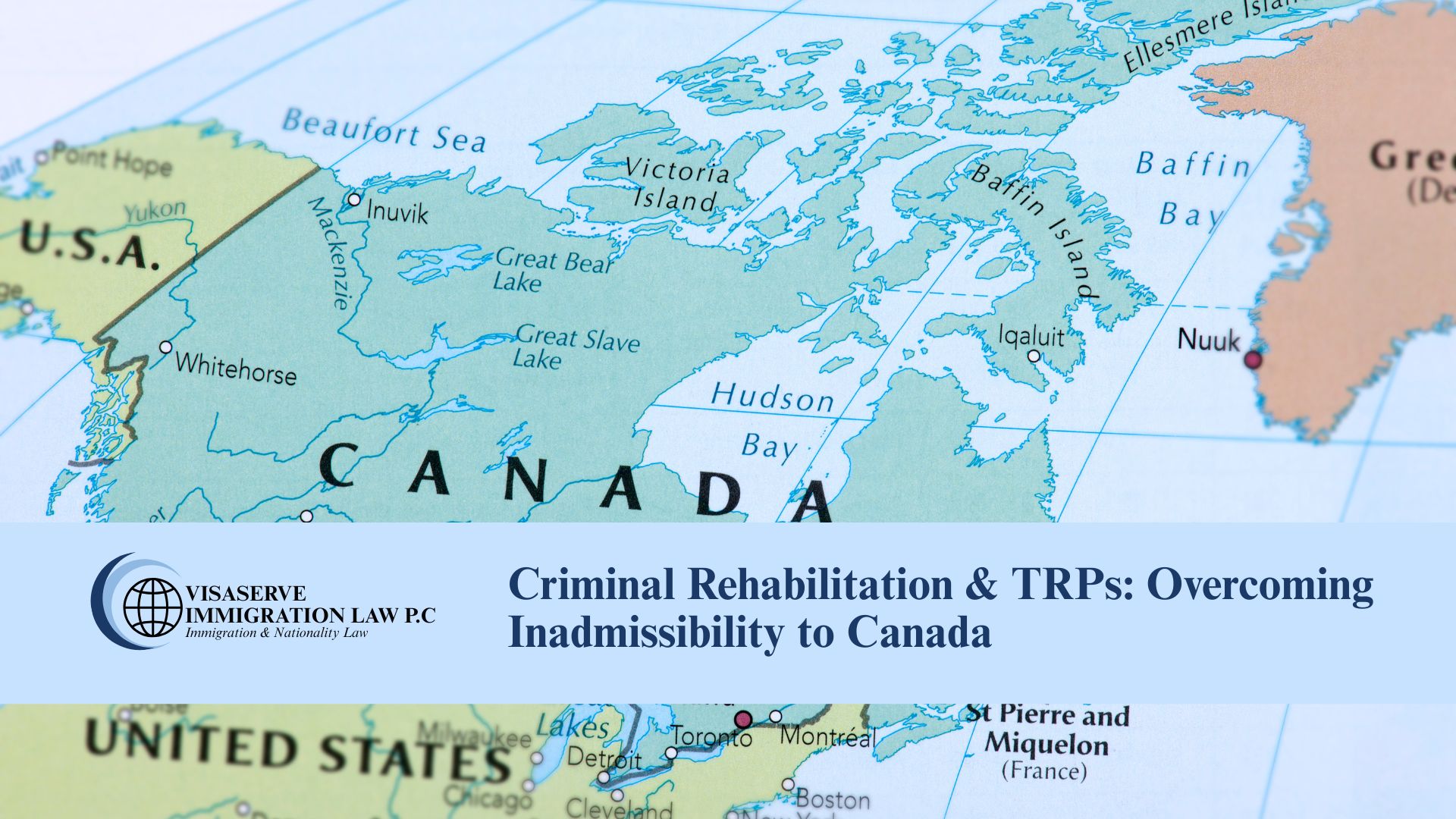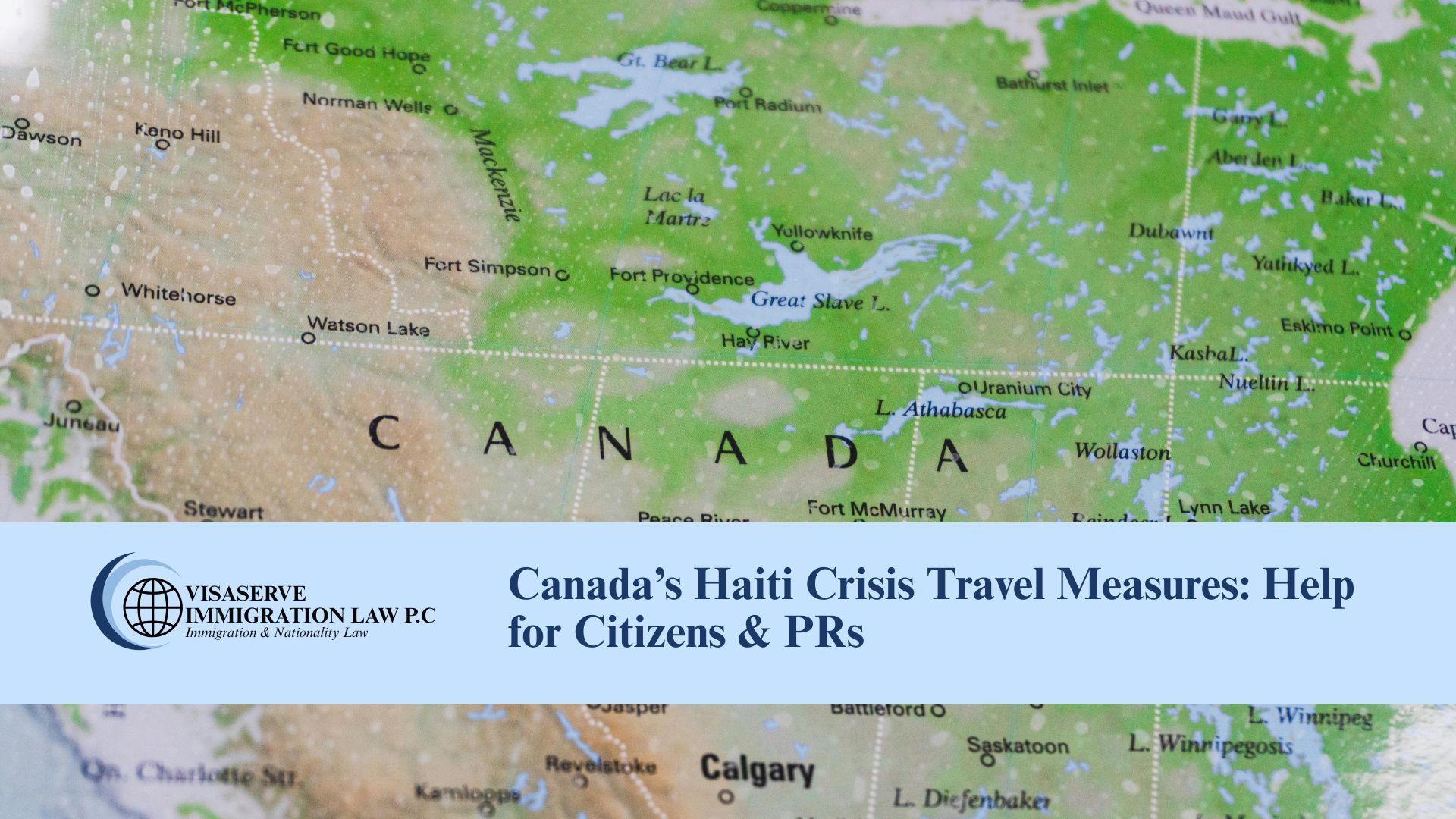Canada’s 2025–2026 Departmental Plan, led by Minister of Immigration Lena Metlege Diab, outlines a significant shift in how Immigration, Refugees and Citizenship Canada (IRCC) will manage temporary resident intake in the coming years. The updated plan, released through canada.ca, emphasizes sustainability, integration, and improved service delivery for temporary visitors, international students, and temporary foreign workers.
Key Changes to Temporary Resident Targets
A central feature of this plan is a commitment to reduce the share of temporary residents to 5% of Canada’s total population by the end of 2026. This will be achieved by introducing new arrival caps for international students and foreign workers, for the first time aligning temporary resident targets with Canada’s social infrastructure and housing capacity.
-
Temporary Resident Targets:
-
2025: 673,650
-
2026: 516,600
-
2027: 543,600
-
These caps will not apply to short-term visitors with a Temporary Resident Visa (TRV) or Electronic Travel Authorization (eTA), nor to seasonal workers.
Breakdown by Category
-
International Students:
-
Annual cap of 305,900 new students from 2025 to 2027
-
New cost-of-living threshold updates based on LICO (2025: $20,635)
-
A new Francophone Student Pilot will boost French-speaking communities outside Quebec
-
-
Temporary Foreign Worker Program (TFWP):
-
82,000 workers annually (2025–2027)
-
Focus on essential sectors like agriculture, food processing, and healthcare
-
-
International Mobility Program (IMP):
-
285,750 (2025), 128,700 (2026), 155,700 (2027)
-
Immigration Stream Priorities
Canada’s strategy now shifts toward transitioning existing temporary residents into permanent status through economic pathways such as:
-
Rural and Northern Immigration Pilot (RNIP)
-
Express Entry (especially programs aligned with labour market needs)
These pathways are expected to address regional shortages while easing the national population pressures associated with high volumes of temporary admissions.
Service and Integrity Improvements
To meet its service delivery targets, IRCC is investing in:
-
Digital Platform Modernization, offering real-time updates and single-window access
-
Case Management Platform for faster processing
-
Enhanced fraud detection and visa officer training
These efforts aim to ensure 80% of applications meet IRCC service standards while increasing client satisfaction rates to 90%.
Economic and Sectoral Impact
Temporary residents, including students and workers, continue to significantly benefit Canada’s economy. In 2021 alone, their contribution totaled $37.3 billion. However, IRCC acknowledges that capping numbers may disproportionately impact smaller communities and sectors with high reliance on temporary labour, such as agriculture and regional colleges.
IRCC plans to mitigate this through:
-
Continued prioritization of essential labour sectors
-
Employer compliance regimes
-
Sector-specific permits in partnership with Employment and Social Development Canada
What It Means for Foreign Nationals and Employers
If you are a prospective student, foreign worker, or employer:
-
Prepare early: Spaces under capped programs may fill quickly.
-
Consult an immigration professional: Policy updates affect eligibility and documentation requirements.
-
Track PGWP eligibility: Changes to eligible fields of study are forthcoming.
-
Review spousal and dependent eligibility: Work permit criteria will be updated.
Final Thoughts
Canada’s 2025–26 immigration plan marks a turning point in managing temporary migration. By placing sustainability and integration at the forefront, the government aims to strike a balance between welcoming talent and preserving public infrastructure. Foreign nationals and employers alike are encouraged to stay informed and seek legal guidance to navigate the evolving immigration landscape.
Need assistance with study permits, work permits, or transitioning to permanent residency in Canada?
Contact Visaserve Immigration Law P.C. for tailored legal guidance rooted in regulatory compliance and professional care






